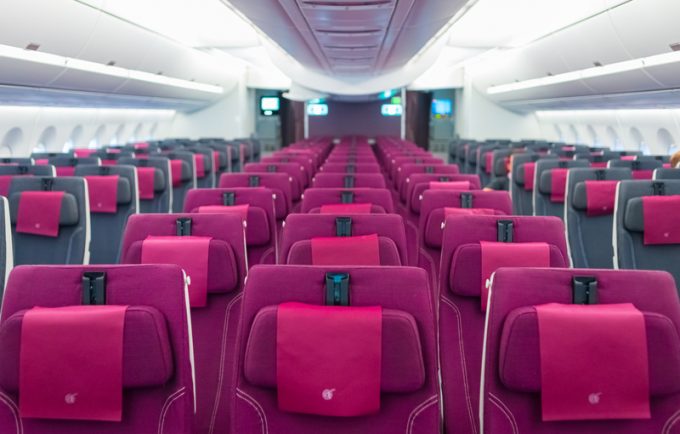Airlines rethink strategy as ecommerce to US begins decline
Shippers and forwarders are waiting to see how airlines manage their capacity before locking into ...

The world really has changed. Take this press release, issued this morning, which a few months ago would have been unthinkable.
“Driven by demand for air cargo, Delta Air Lines has announced the return of passenger services …The flights will also be available for customer travel.”
That needs restating: “…also available for customer travel.”
The air cargo industry has come a very long way in a very short time. Typically representing about 12% of airline revenues on average, it has now come to represent almost the entirety of some carriers’ turnover.
This ...
Volcanic disruption at Anchorage could hit transpacific airfreight operations
Macron calls for ‘suspension’ – CMA CGM's $20bn US investment in doubt
Forwarders stay cool as US 'liberation day' tariffs threaten 'global trade war'
Shippers snap up airfreight capacity to US ahead of tariff deadline
De minimis exemption on shipments from China to the US will end in May
Tighter EU import requirements proving 'a challenge' for forwarders
Looming Trump tariffs will create 'a bureaucratic monster' for Customs

Comment on this article